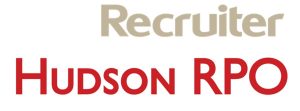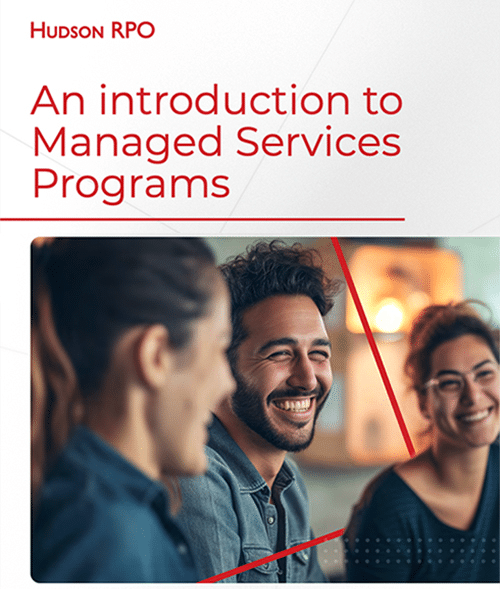Recruiter magazine recently featured Hudson RPO in an article headlined: “Hudson RPO well-positioned as the RPO process moves centre stage”.
The editor interviewed global CEO Jeff Eberwein, as well as EMEA CEO Darren Lancaster.

Jeff described RPO as the ‘crown jewels’ of the business. He noted a market valuation of $5bn (£3.8bn) and projected annual growth of 10% – 15%.
Jeff told Recruiter: “We have got to a position where we have a clean company just focused on RPO and RPO-related work – which we think is the future of recruitment – and with cash and a good global RPO business. We are excited about where we are going.”
Describing future opportunities, Jeff said the business would consider acquisitions “not just to get bigger, but to give us something different”.

This could come from a new geography, sector, or market specialism, he said.
In addition, Jeff said, the company remains focused on developing a strong tech offering to benefit clients.
The article identifies our core markets as the US, UK, and Australia. However, Germany, France, and Belgium are key growth markets, Darren told Recruiter. China is a key growth market for Asia, he added.
Key sectors include life sciences, engineering, manufacturing, and financial services.
Click here to read the full Hudson RPO feature in Recruiter magazine.





















